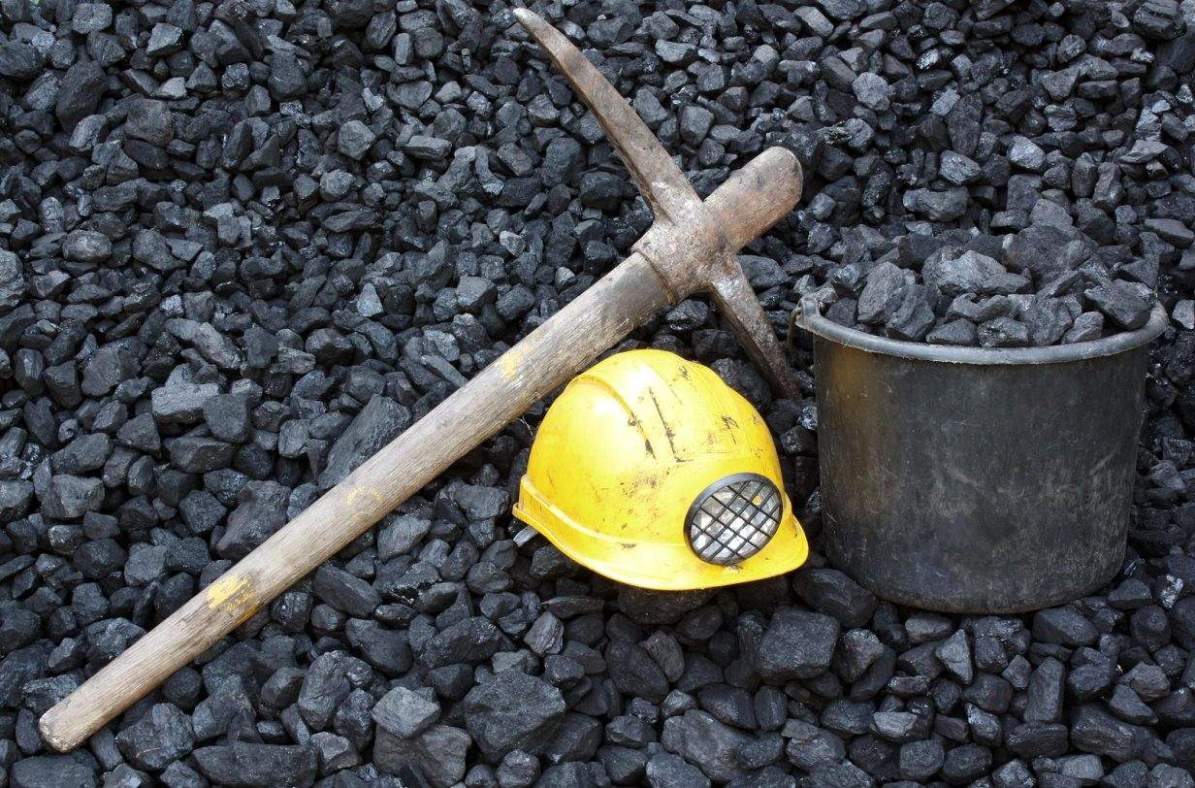Not known Facts About Metals & Mining Insights - McKinsey & Company

The 45-Second Trick For Process Mining Tool - UiPath
The miners squashed the ore and ground it to a great powder prior to cleaning the powder for the gold dust. [] Ancient Greece and Rome [edit] Mining in Europe has a long history. Examples include the silver mines of Laurium, which helped support the Greek city state of Athens. Although they had more than 20,000 slaves working them, their technology was essentially similar to their Bronze Age predecessors.
The marble was shipped away and was later discovered by archaeologists to have actually been used in structures consisting of the tomb of Amphipolis. Philip II of Macedon, the dad of Alexander the Great, captured the gold mines of Mount Pangeo in 357 BC to money his military projects. He also recorded gold mines in Thrace for minting coinage, ultimately producing 26 loads each year.

Green Energy Reality Check: It's Not as Clean as You Think - Manhattan Institute

Mining - Hexagon
Some Of Former FIFO worker speaks out over alleged sexual - ABC
The water was used for a variety of purposes, consisting of getting rid of overburden and rock particles, called hydraulic mining, in addition to washing comminuted, or crushed, ores and driving easy machinery. The Romans used hydraulic mining approaches on a large scale to prospect for the veins of ore, specifically a now-obsolete kind of mining called hushing.
There, the water kept in large tanks and tanks. When a complete tank was opened, the flood of water sluiced away the overburden to expose the bedrock below and any gold veins. The rock was then worked upon by fire-setting to heat the rock, which would be satiated with a stream of water.
Top Guidelines Of Mining - Kiewit Corporation

The Roman miners used similar approaches to work cassiterite deposits in Cornwall and lead ore in the Pennines. The techniques had actually been established by the Romans in Spain in 25 AD to exploit large alluvial gold deposits, the biggest site being at Las Medulas, where 7 long aqueducts tapped regional rivers and sluiced the deposits.
Spain was one of the most important mining areas, however all areas of the Roman Empire were exploited. In More Discussion Posted Here had mined minerals for centuries, but after the Roman conquest, the scale of the operations increased significantly, as the Romans needed Britannia's resources, especially gold, silver, tin, and lead.
